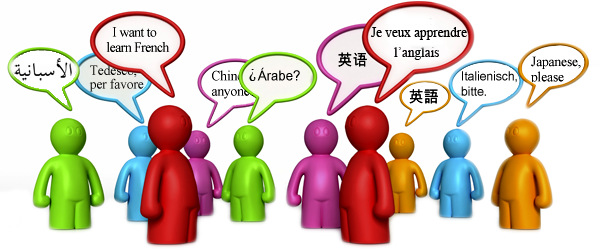Directed by Jim Gerencser, Dickinson College Archivist, Susan Rose, Professor of Sociology, and Malinda Triller Doran, Special Collections Librarian, the Carlisle Indian Industrial School Project is developing a comprehensive digital resource to catalog and preserve records of the Carlisle Indian Industrial School (1879-1918). It brings together widely dispersed archival materials to aid research and study, and serves as a virtual home for an active CIIS community of memory and inquiry. Launched in 2013, this exciting, new project at Dickinson College is already making a positive impact upon the communities of scholars and family historians who do research on the Carlisle Indian Industrial School and its many thousands of students.
With support from the Mellon Digital Humanities Fund last January, the project was able to hire two new undergraduate researchers, Katie Walters and Tessa Cicak, who spent two weeks at the National Archives in Washington, D.C. scanning materials from the student files series of CIIS records. Along with Caitlin Moriarty (Friends of the Library), they scanned 1560 student files during that time, comprising roughly 16,200 pages of text. Gerencser also spent several days at the National Archives, surveying the contents of other document series and scanning 5 boxes of student id cards. Back in Carlisle, undergraduate interns Michele Metcalf, Stephanie Read, and Frank Vitale continued to add processed, finalized student files to the online database, while correcting and updating student files that had been uploaded in summer 2013. Through the technology consultancy services of Don Sailer, also funded by the Mellon grant, new search features, an updated home page, and enhanced content entry standards were also added to the project’s website, along with a blog to provide regular updates on the project’s progress.
As of that time, Gerencser and his team had scanned 3556 student files, of which 667 files were online, edited, and fully updated; 628 were online, with editing/ updating of descriptive content needed; and 288 were processed and ready to be put online. Of the 15 boxes of student card files in D.C., 5 had been fully scanned and processed, comprising roughly 1950 cards. Large sections of CIIS registers and record books were also transcribed, edited, and ready to be put online.
The Carlisle Indian Industrial School Project was featured that month in an article for Indian Country Today, “Carlisle Indian Industrial School Files Go Digital,” and most recently was the subject of an ABC27 news story, “Digital records unearth Indian school history.”
For more information on the Carlisle Indian Industrial School Project, you can contact Jim Gerencser by email here.



